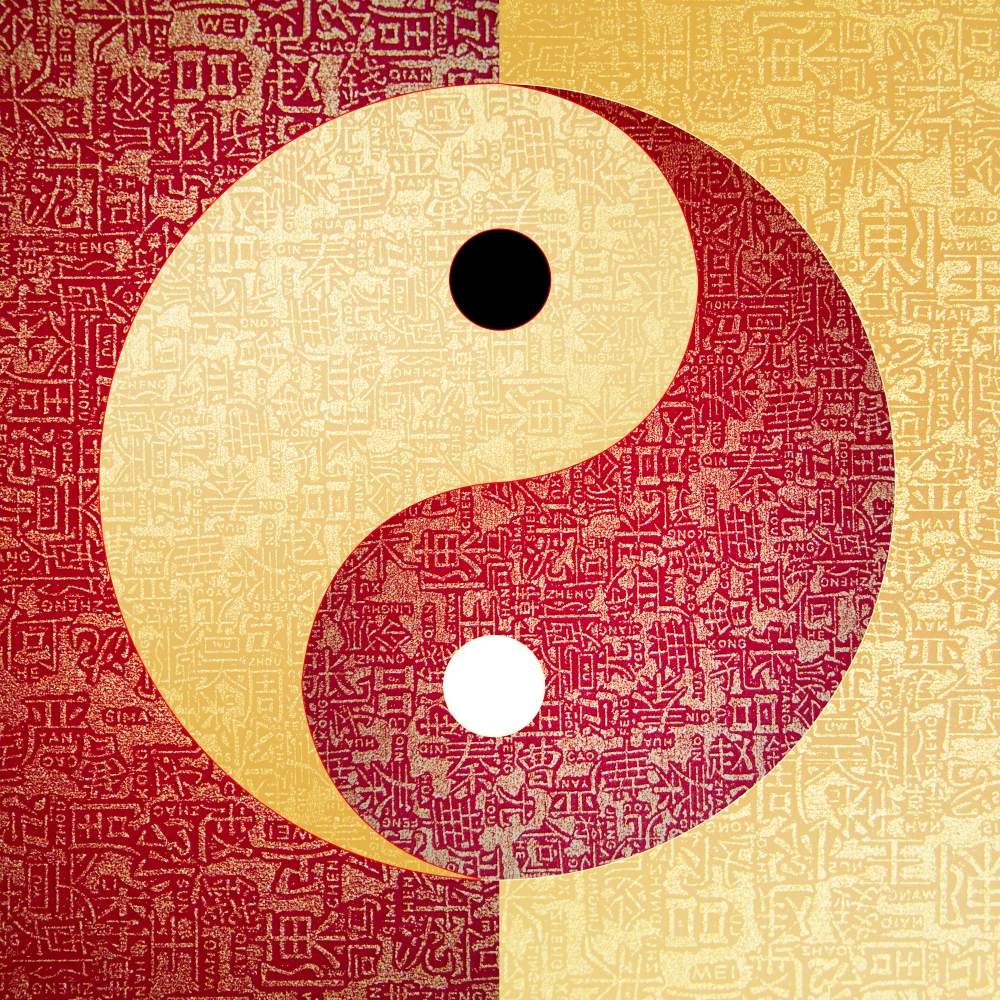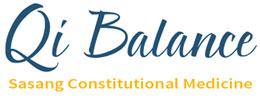
A good place for us to start our exploration into research on Korean Medicine is to look at the differences between Sasang Constitutional Medicine (SCM) and Traditional Chinese Medicine (TCM), which is the most commonly practiced Oriental healing system in the world.
You may read the entire article by clicking the link below.
Sasang Constitutional Medicine and Traditional Chinese Medicine: A Comparative Overview by Junghee Yoo, et. al.
The featured article’s objective is to provide an introductory understanding of Sasang Constitutional Medicine by comparing it to the more common and familiar TCM. Sasang was influenced by most of the same philosophical theories as TCM, yet there are enough differences to show that Sasang is a distinct and separate medical tradition.
The following review highlights this article, which summarizes 50 peer-reviewed studies comparing the philosophies and methodologies of TCM and Sasang.
Philosophy: TCM’s philosophical basis is Taoist and SCM is Neo-Confucius
Assumptions: In TCM the human being is defined as a microcosm within the macrocosm and can be described by Nature from which all can be learned and understood. In SCM the human being is more than Nature and has the quality of “heart-mind” where all can be learned by looking within.
Focus: In TCM it is man as Nature. In SCM it is man as Human Being (having relationships and living within society).
Main Theory: TCM – Five Elements or Phases. SCM – Four Constitutions
Health/Longevity: Health and longevity are obtained by specific practices. In TCM it is the practice of Restraint. In SCM it is the practice of Attentiveness.
Sasang (Body Constitution) Medicine was first developed in Korea and published in 1894 by Jai-ma Lee in his book Dong-eui-soo-se-bo-won (The Principle of Life Preservation in Oriental Medicine). Simplistically put, this theory divides people into four types based on both their physical and personality traits. The four types are called Greater Yang (taeyang), Lesser Yang (soyang), Lesser Yin (soeum) and Greater Yin (taeeum).
One of the significant differences between TCM and Sasang is that the heart is viewed in TCM as one of the 5 internal organs with its meridian system paired with the small intestine meridian. While in Sasang the heart is considered the “mind” and governs the 4 internal organs that are in a predominant hypo or hyper relationship with each other depending on the constitution.
| Constitutional Type | Hyperactive Organ | Hypoactive Organ |
|---|---|---|
| Tae-yang (Greater Yang) | Lung | Liver |
| Tae-eum (Greater Yin) | Liver | Lung |
| So-yang (Lesser Yang) | Spleen | Kidney |
| So-eum (Lesser Yin) | Kidney | Spleen |
Finally, the article describes the qualities of each Sasang Constitutional Type in relationship to physical characteristics (body shape, facial structure, etc.), differing signs of health, the symptoms of minor and major imbalances, and emotional makeup and character.
Tracy Stewart
Junghee Yoo, Euiju Lee, Chungmi Kim, Junhee Lee, and Lao Lixing, “Sasang Constitutional Medicine and Traditional Chinese Medicine: A Comparative Overview,” Evidence-Based Complementary and Alternative Medicine, vol. 2012, Article ID 980807, 17 pages, 2012. doi:10.1155/2012/980807
Disclaimer: This blog is a review and introduction to Korean Sasang Constitutional Medicine. Self-diagnosis is often inaccurate and not recommended. This blog is not intended to be a substitute for personal, professional, medical advice, diagnosis or treatment.

Hi Tracy
Love your new site and wondering if there is an updated
Food Chart. Anything new added or removed?
Best Wishes!
Linda
Thanks Linda,
I’m glad you like the site. I’m really happy with it too. There is a updated food chart coming that Jaguang is working on. When it’s done, I’ll add it to the bottom of the “Services” page as a PDF.
Site is very nice, what about the property of ganoderma or Ling Zhi? should we just go with the material medica?
I have read and reread the above information, If “heart” is the Mind in Sasang, what if one does not have heart element?
Thanks Angel for your comments and thoughtful question. One of the difficulties in all Asian medicine is that there are many conundrums that appear when translating concepts to a Western reality. It’s important to remember what level you’re assessing and what system you are using. Chinese Astrology (which is a vast subject in its own right) is basically a 5 Element system. And Sasang is a 4 constitution system.
So the condition of the heart is not central to any Sasang Constitution. However, at Qi Balance, we can and do assess the condition of the heart. Then we have to think, is this assessment on the physical, emotional or spiritual level? Having no, or little, fire energy in your chart relates to the physical heart. For instance, having no fire in your chart can mean you have a tendency to develop heart failure as you age. We give recommendations to clients who have this tendency as to how to adjust their diet to protect their physical heart over a lifetime. The recommendations on how to do this are Sasang constitution dependent.
However, heart/mind is a spiritual concept. It is infinite in its nature and a quiet heart can be achieved by anyone through the practice of meditation and other disciplines. Having heart/mind is the nature of being a human being and not related to the condition of the physical heart.